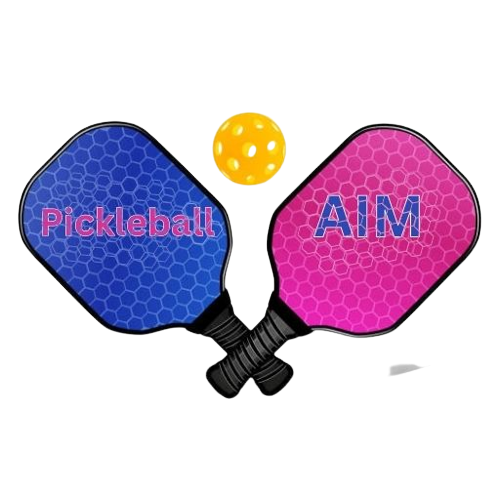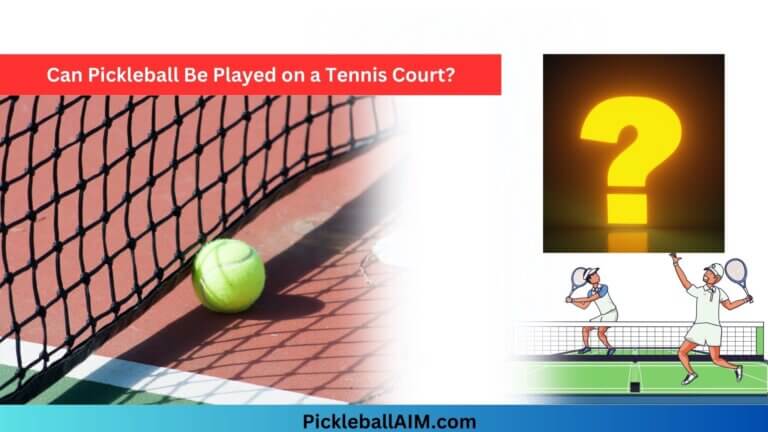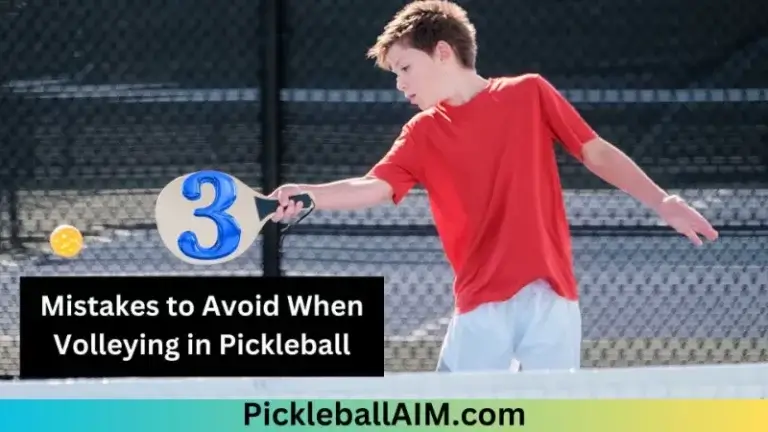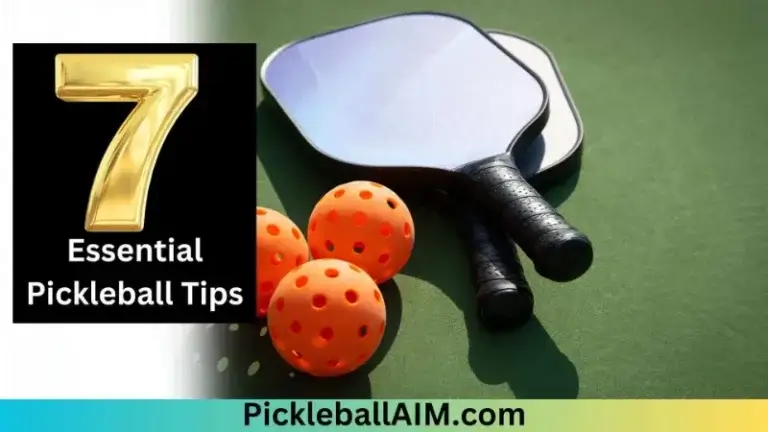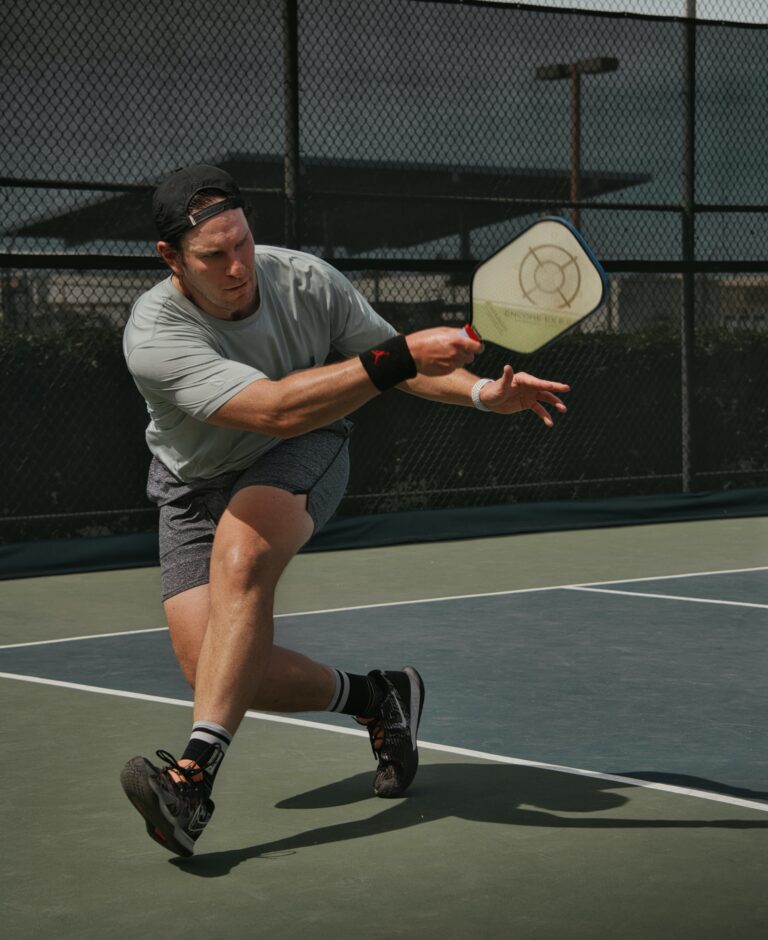Demystifying Pickleball Scoring: A Simple Guide to Keeping Score
Pickleball, the fast-paced and exciting sport that has taken the recreational world by storm, might seem a bit confusing when it comes to scoring, especially for newcomers. Fear not! In this article, we’ll unravel the mystery and provide you with a straightforward explanation of how to keep score in pickleball. Whether you’re a beginner stepping onto the court for the first time or a seasoned player looking to clarify the finer points of scoring, this guide has got you covered.
Understanding the Basics
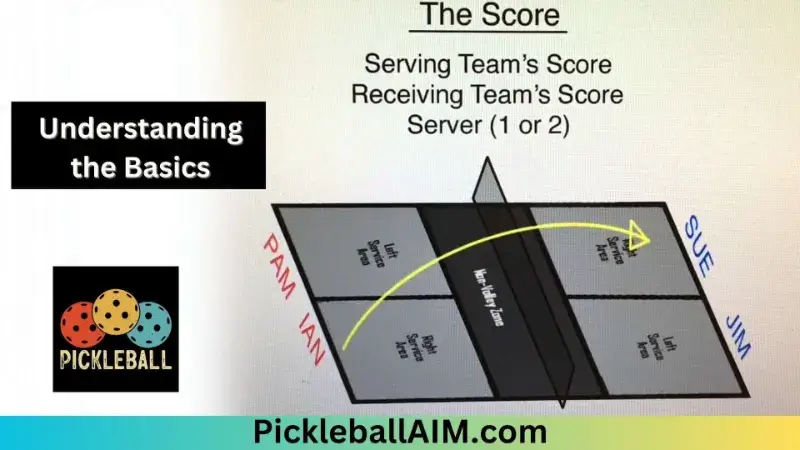
Pickleball uses a unique scoring system that’s easy to grasp once you break it down. The game is typically played to 11 points, and you can only score when your team serves.
Starting the Serve
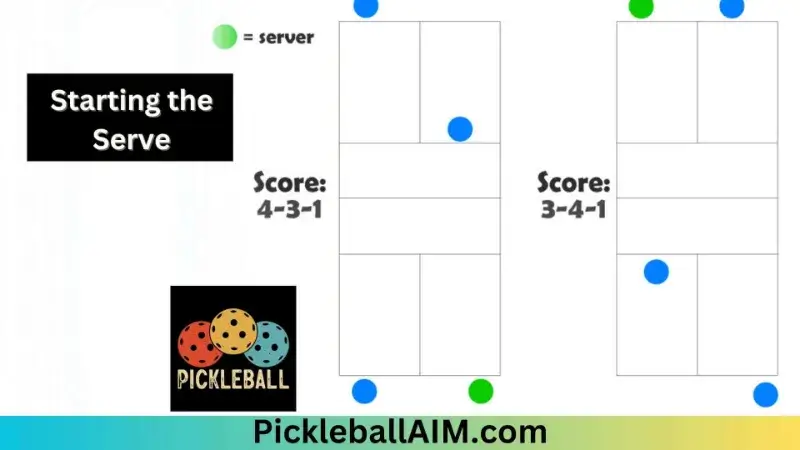
To initiate play, a team serves the ball diagonally to the opposing team’s service box. The ball must bounce once on each side of the net before players can choose to hit it in the air or let it bounce again.
Earning Points
Points are scored by the serving team only. Here’s how it works:
- First Serve: The server from the serving team begins with a first serve. If the serving team wins the rally, they earn a point and the server gets a chance for a second serve.
- Second Serve: If the server’s first attempt goes awry (e.g., hits the net or goes out of bounds), they get a second chance, known as the “second serve.” If the second serve is successful and the serving team wins the rally, they earn a point.
- Side Out: If the serving team loses the rally, they don’t score any points, and the serve goes to the opposing team. This is known as a “side out.”
Switching Sides
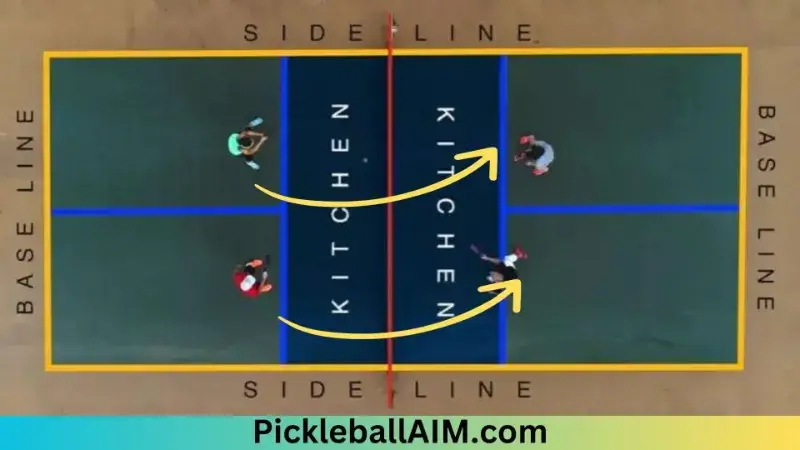
When the serving team earns a point, the server switches sides to serve from the opposite court. This alternating of sides continues throughout the game.
Scoring to Win
The first team to reach 11 points with a lead of at least 2 points wins the game. If the score reaches 10-10, play continues until one team gains a 2-point lead.
Setting the Match
In tournament play or longer matches, a match might consist of multiple games, often best two out of three. It’s important to note that the rules for scoring can vary slightly depending on whether you’re playing singles or doubles.
Key Takeaways
- Points are scored only by the serving team.
- The first serve starts the game, followed by the second serve if necessary.
- If the serving team loses the rally, it’s a “side out,” and the opposing team serves.
- Games are typically played to 11 points, and a 2-point lead is needed to win.
- Matches might involve multiple games, often best two out of three.
Mastering the Scoreboard
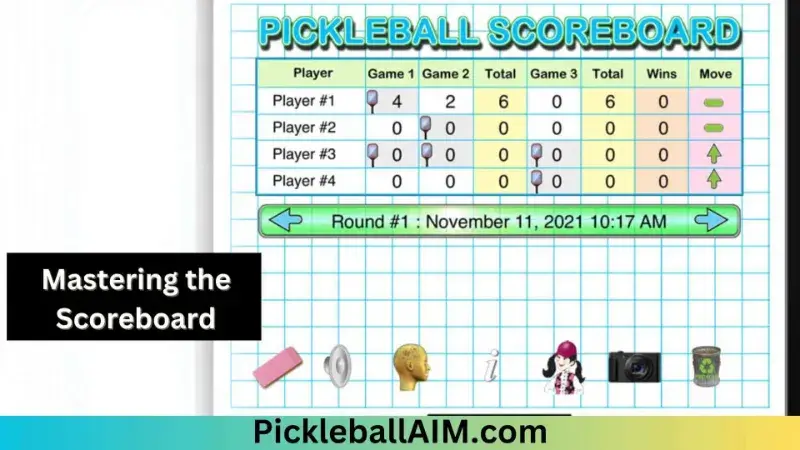
Now that you have a solid grasp of the basic scoring system in pickleball, let’s dive a bit deeper into the practical aspects of keeping score:
Scoreboard Essentials
To keep track of the score, a simple scoreboard is typically used. This can be a physical scoreboard with flip cards or an electronic scoreboard. Each team’s score is displayed on opposite sides of the scoreboard, making it easy for players and spectators to see the current score at a glance.
Server Identification
Another essential aspect of pickleball scoring is identifying the server. In doubles play, each team member serves consecutively until their team loses the rally. To avoid confusion, many players and tournaments use a small wristband or marker to indicate the server for each team. This helps both players and spectators keep track of the serving order.
Calling the Score
Communication is key in pickleball. As the serving team earns points, it’s common practice for the server to announce the current score before serving. This ensures that both teams are on the same page and aware of the score. For example, if the serving team has 3 points and the opposing team has 5 points, the server might announce “3 serving 5” before delivering the serve.
Staying Focused on the Game
While keeping score is important, it’s equally crucial to stay focused on the game. Mistakes can happen, and players might occasionally forget the score. In such cases, don’t hesitate to ask your partner, opponent, or even a spectator for clarification. Remember, the goal is to enjoy the game and the friendly competition.
Honoring Sportsmanship
Pickleball is not just about the points on the scoreboard; it’s also about sportsmanship and camaraderie. At the end of a game or match, regardless of the outcome, it’s customary to shake hands with your opponents and acknowledge their efforts. Good sportsmanship is a hallmark of the pickleball community and adds a positive and respectful touch to the game.
Scoring Satisfaction
As you continue your pickleball journey, the scoring system will become second nature. The rhythm of the game, the excitement of earning points, and the friendly banter with fellow players will all contribute to a fulfilling experience on the court.
Remember, pickleball is about having fun, staying active, and enjoying the company of others. The scoring system, while important, is just one piece of the puzzle that makes pickleball an engaging and thrilling sport. So, whether you’re aiming for a perfect 11-0 victory or engaged in a nail-biting 10-10 tiebreaker, the scoring system will guide you through the twists and turns of the game, adding a layer of strategy and excitement to every match. Get ready to serve, rally, and score your way to pickleball victory!
Scoring Strategy and Etiquette
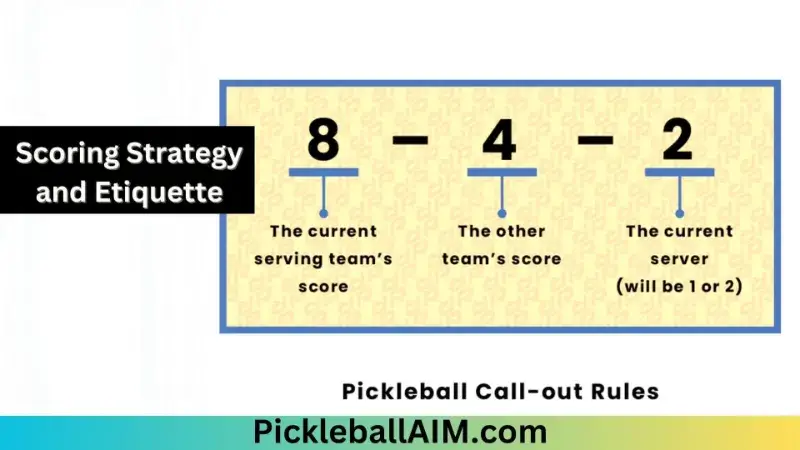
As you become more comfortable with pickleball scoring, you’ll find that there’s a strategic aspect to it as well. Consider these points to elevate your scoring game:
Strategic Serving
Since only the serving team can score points, serving becomes a strategic opportunity. Players often aim for a powerful and well-placed serve to put pressure on the receiving team from the very beginning. A strong serve can set the tone for the rally and increase the chances of winning the point.
Mind the Gap
In games where a 2-point lead is required to win, being mindful of the score gap is crucial. For instance, if you’re leading 10-9, you need to win the next point to secure victory. If the score is 10-8, you’re still one point away from winning, and the opposing team has a chance to catch up. This adds an element of suspense and strategic thinking as you approach the final points of the game.
Pacing Yourself
Pickleball is a game of momentum, and scoring plays a significant role in determining the flow of the match. Sometimes, players intentionally slow down the game or take a breather after a long rally to regain their energy and composure. This strategic pause can disrupt the rhythm of the opposing team and give you a chance to regroup.
Etiquette on the Court
Maintaining proper etiquette on the court is just as important as understanding the scoring system. Be respectful of your opponents and partners by acknowledging the score before serving and clarifying any doubts about the score. Clear communication fosters a positive playing environment and ensures that everyone is on the same page.
Scoring Beyond the Court
As you delve deeper into the world of pickleball, you’ll find that the scoring system has implications that extend beyond the court:
Life Lessons
Pickleball’s scoring system teaches valuable life lessons, such as the importance of persistence and the thrill of coming from behind to win. It instills qualities like focus, adaptability, and strategic thinking, which are applicable in various aspects of life.
Connection and Camaraderie
Scoring in pickleball not only reflects the competitive spirit of the game but also highlights the connections you build with fellow players. Sharing the joy of scoring, congratulating your opponents on well-played points, and engaging in friendly banter all contribute to a sense of community that transcends the numbers on the scoreboard.
A Score of Memories
The scoring system in pickleball is more than just a method to keep track of points—it’s a thread that weaves together the fabric of the game. It adds layers of excitement, strategy, and sportsmanship that enhance your experience on the court. As you become more adept at keeping score, you’ll find that pickleball isn’t just a sport; it’s a journey filled with camaraderie, personal growth, and countless memories.
So, embrace the scoring system as an integral part of your pickleball adventure. Let it guide you through the ups and downs of each match, and relish the joy of every point earned. As you play, remember that the numbers on the scoreboard are more than statistics; they’re a reflection of your dedication, passion, and the unforgettable moments you create on the court.
Conclusion
Understanding pickleball scoring doesn’t have to be a daunting task. With this simple guide, you’re now equipped to step onto the court with confidence, knowing how to keep score and enjoy the game to the fullest. Whether you’re playing with friends, participating in a tournament, or simply looking for a fun way to stay active, pickleball’s scoring system adds an extra layer of excitement to the sport. So, grab your paddle, hit the court, and let the rallies and points begin!
